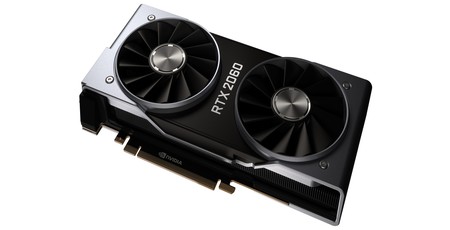
Manufacturer: Nvidia
UK price (as reviewed): £329.00 (inc. VAT)
US price (as reviewed): $349.00 (exc. tax)
Much like the RTX 2080 uses the same Founders Edition design as the RTX 2080 Ti, the RTX 2060 inherits its design directly from RTX 2070, which makes sense given that they use the same GPU. This design, aesthetically at least, is very much a shrunk down version of the original FE cards, which we reckon is rather a good thing.
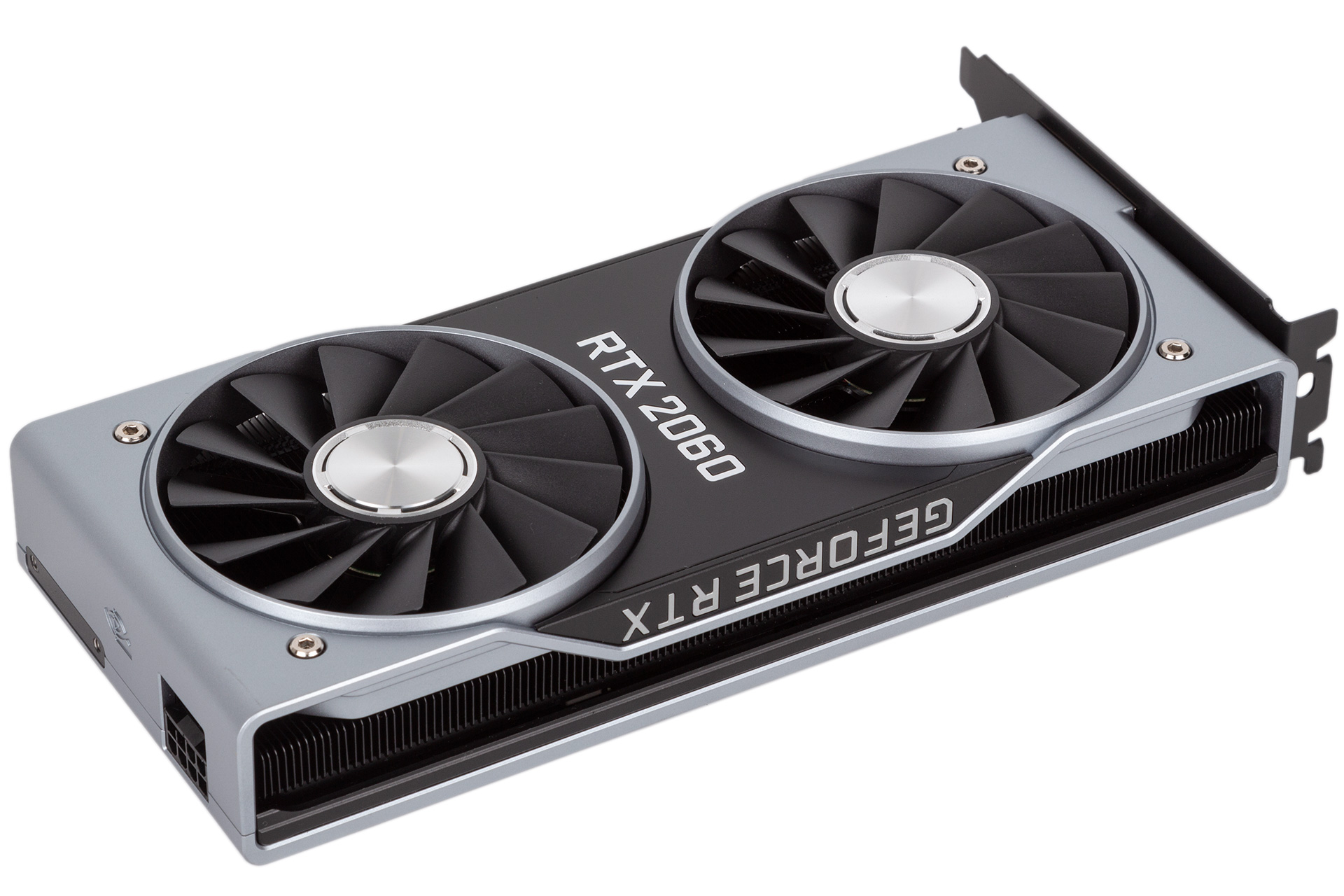
Construction quality is again excellent. This dual-slot card is clad in contrasting two-tone aluminium and has a reassuring weight to it despite its meagre 230mm length. As usual the GeForce GTX logo along the top edge illuminates green when the card is powered on.

A full-cover backplate ensures aesthetic consistency and will also help with heat dissipation, albeit not to the degree that it does on the RTX 2080/RTX 2080 Ti, as there is less thermal padding connecting it directly to the PCB backside.

The rear I/O is changed by having a single dual-link DVI-D connector in place of the third DisplayPort 1.4 header. Beyond this you get the usual single HDMI 2.0b output and a USB Type-C connector with VirtualLink support. In case you missed it, Nvidia will also be enabling VESA Adaptive Sync support in a driver release next week, which basically means GTX 10-series and RTX 20-series cards should become compatible with any existing monitors advertised as supporting FreeSync.
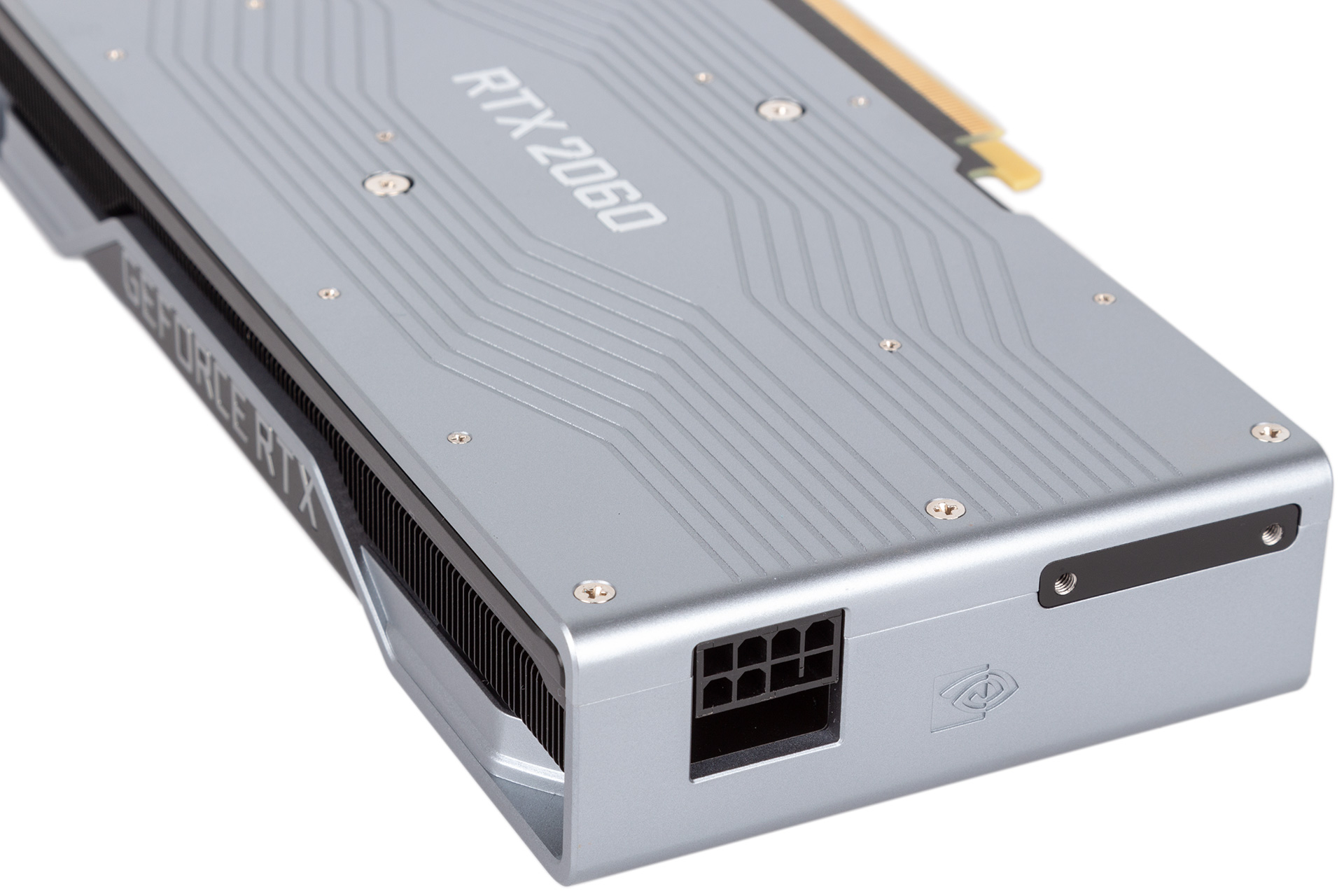
For this smaller FE, Nvidia moves the power connector to the front side rather than the top edge. It’s using a single eight-pin connector, which is enough for the card’s 160W TDP plus plenty of headroom for overclocking, even when you factor in a potential 35W from the VirtualLink.
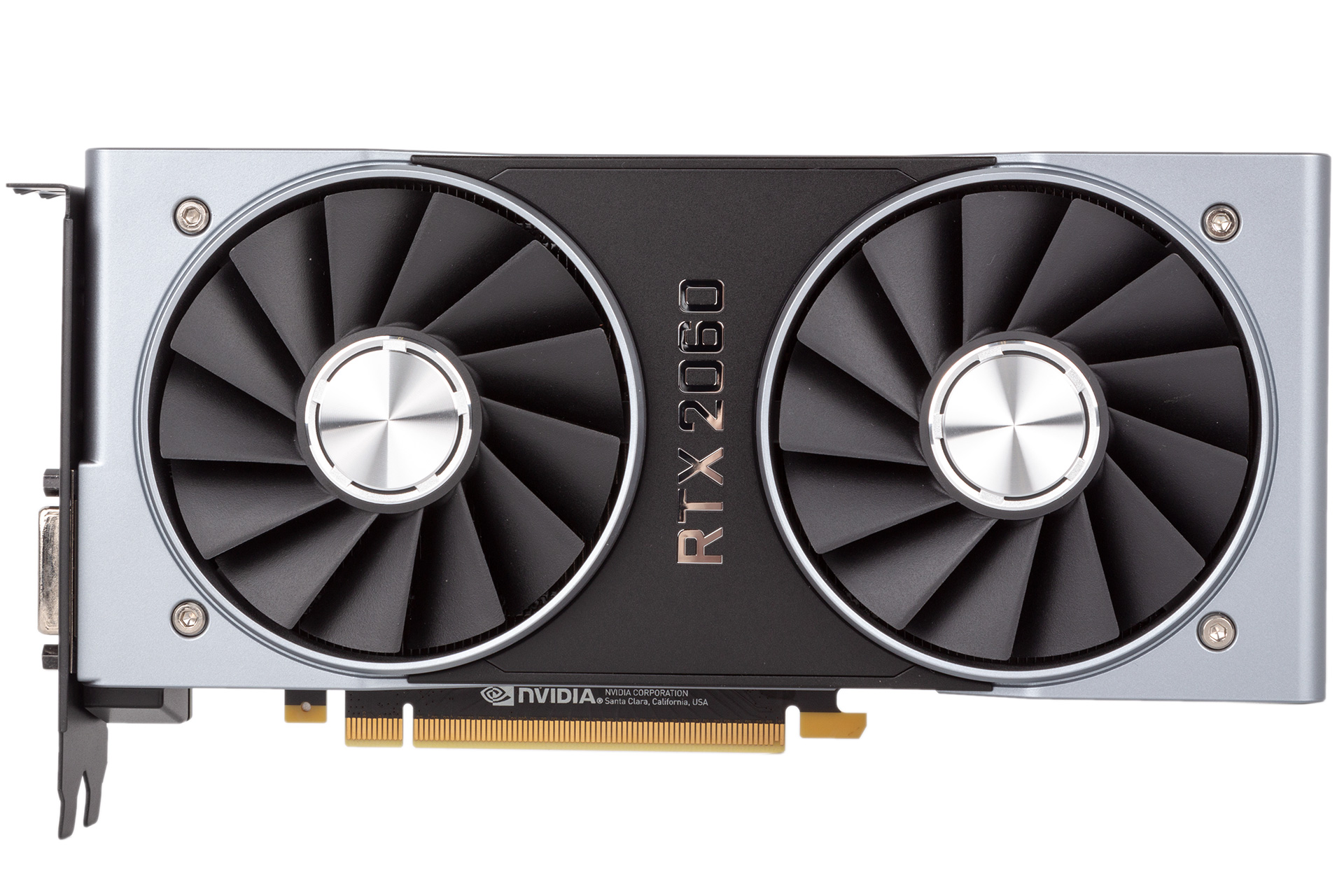
Nvidia sticks to a dual-fan design, though the fans have shrunk in size as a result of the overall volume decrease. As before, heat exhausts out of the top and bottom of the card rather than directly out of the I/O panel, so having decent case exhaust airflow is a good idea.
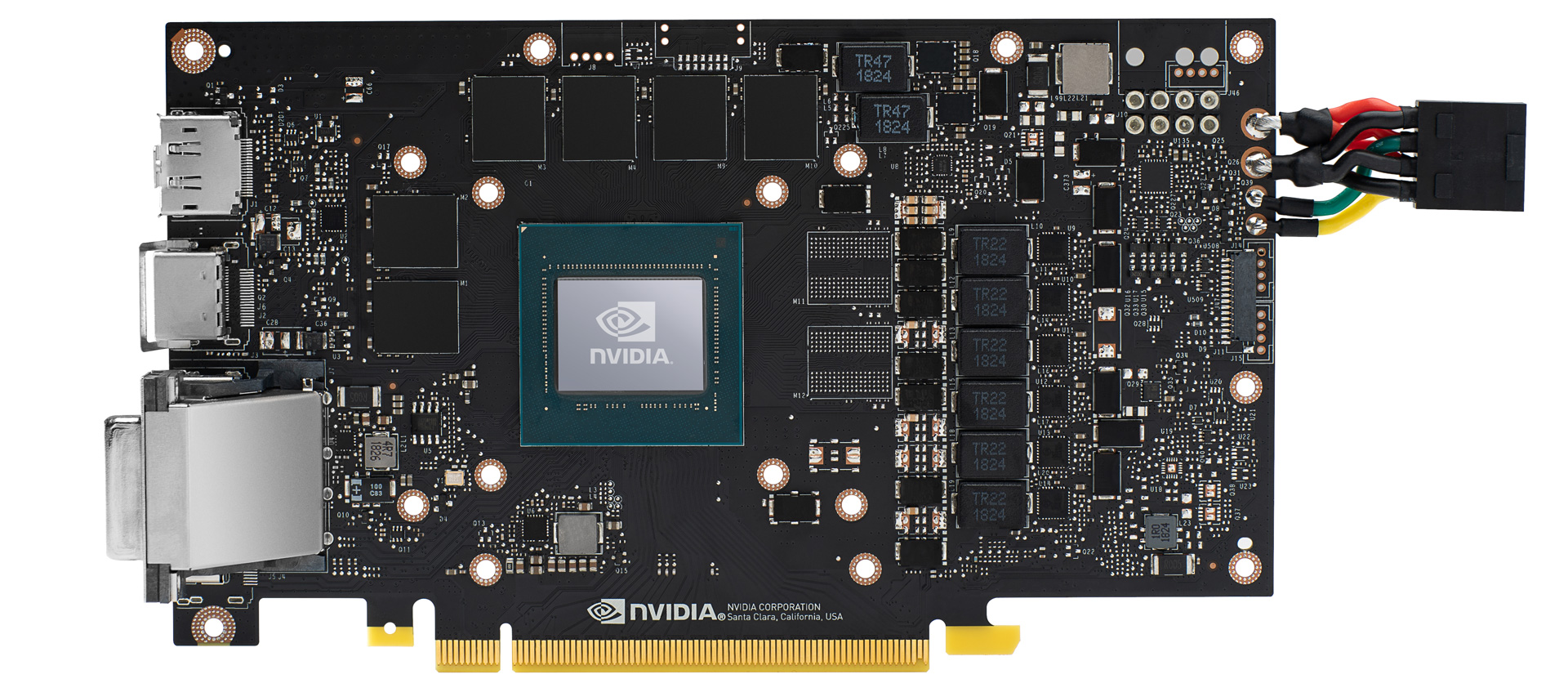
The actual PCB is even shorter than the overall length of the card, and it’s again basically the same PCB used in the RTX 2070 FE. Nvidia is using six power phases to feed the core and two to supply the GDDR6, which is plenty good enough. It’s also worth noting that the GPU is one of the binned ‘A’ variants, suggesting that it has better overclocking and/or boosting characteristics than non-A GPUs. Nvidia board partners are all likely to reserve their binned chips for pre-overclocked cards, so it’ll be interesting to see if the Founders Edition boosts higher or displays any other obvious benefits over third-party base-level cards that use the non-binned GPUs.
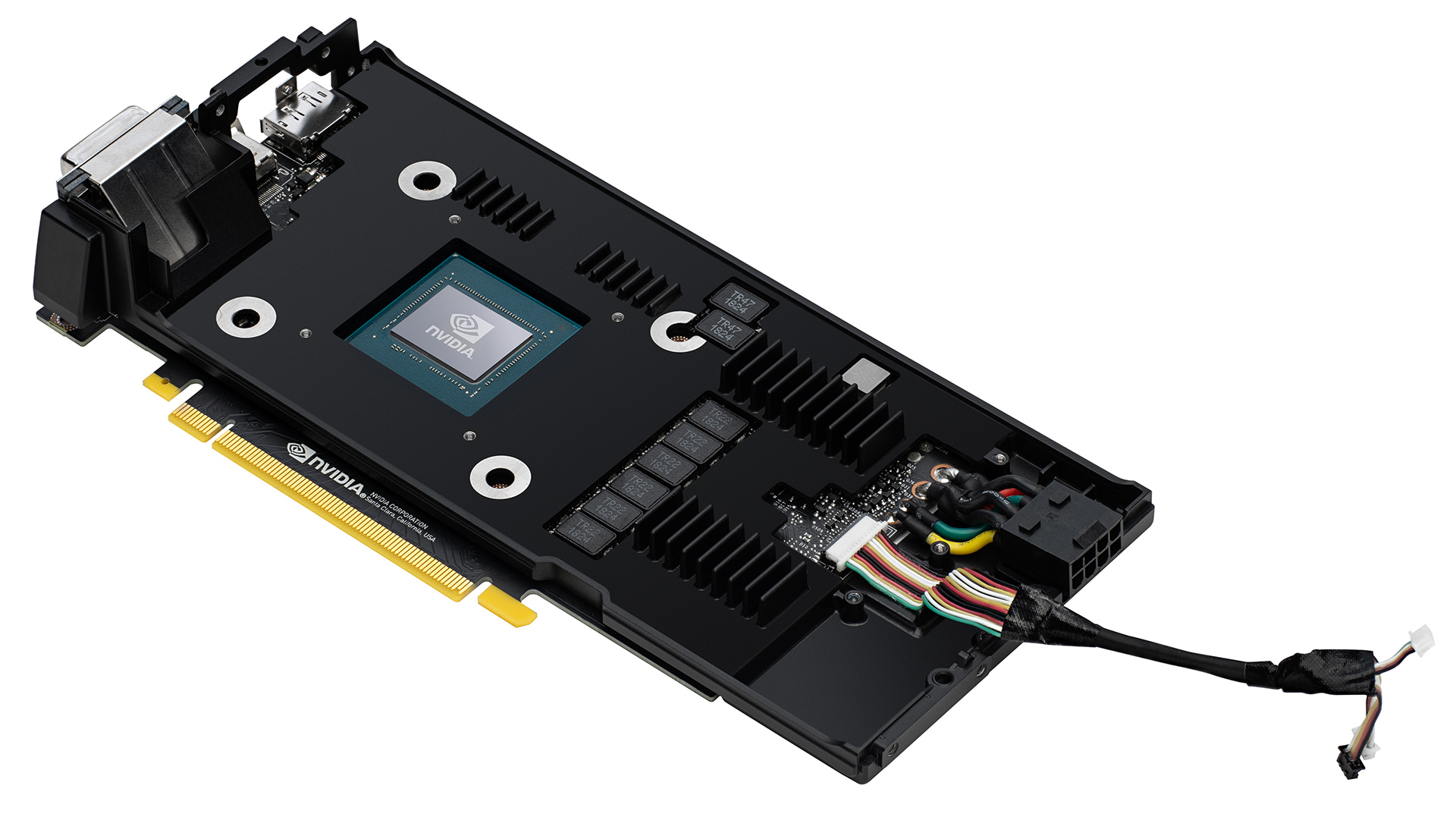
Nvidia isn’t using vapour chamber cooling here; what we have instead is a standard combination of copper base plate, copper heat pipes, and aluminium fin stack, albeit in a design more tightly packed than we’re used to. There’s also a metal contact plate, which uses thermal pads to directly cool the memory and VRM components.

MSI MPG Velox 100R Chassis Review
October 14 2021 | 15:04

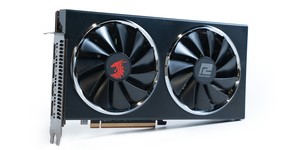
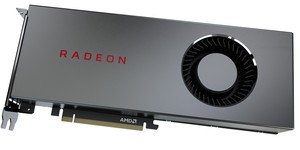
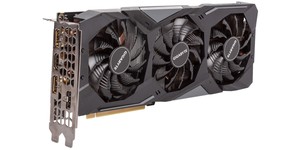




Want to comment? Please log in.